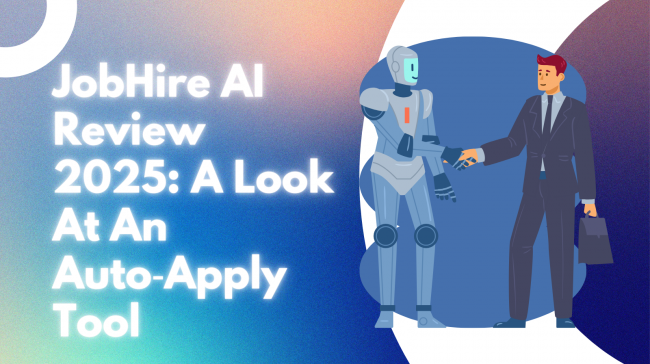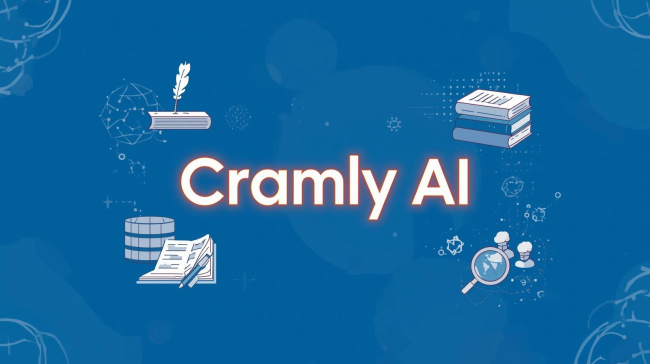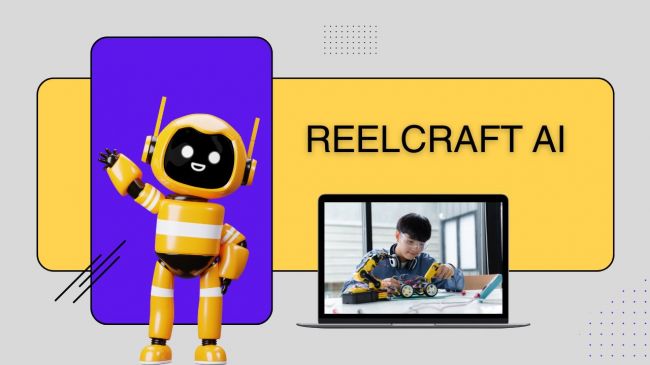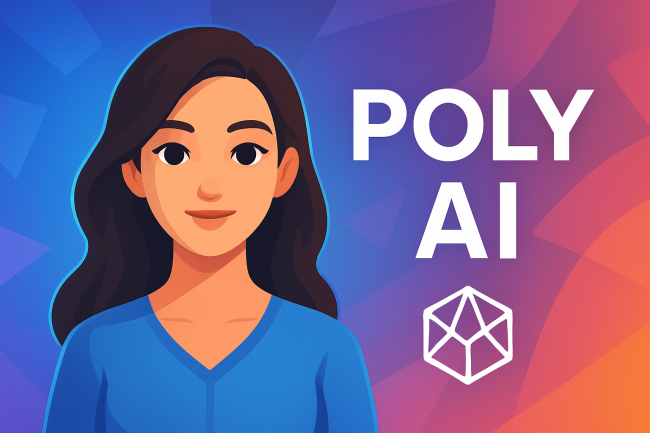AI is changing the way stories are told — not just written, but visualized. Hypernatural AI enters this evolving space as a mobile-first, AI-powered video storytelling tool that turns text prompts into cinematic short videos.
The platform claims to merge creativity, automation, and emotional storytelling, giving users studio-style results without professional editing skills. It’s gaining traction among creators, marketers, and educators looking for fast, stylized video generation on the go.
But can it truly compete with bigger names like Synthesia or RunwayML? Let’s break down what Hypernatural AI actually offers, how it performs, and whether it lives up to the buzz.
Key Features the Platform Claims to Offer
_1749098669.png)
According to the company, the app can transform simple text ideas into high-quality, narrative-driven videos using AI-powered tools.
Core Features
- Prompt-to-video generation powered by multimodal AI
- Cinematic transitions and built-in editing templates
- AI voiceover and subtitle sync for complete narration
- Stylized motion and visual effects for storytelling impact
These features position Hypernatural AI as a plug-and-play video creation system, aiming to help users produce emotionally engaging clips in minutes — no editing timeline or advanced setup required.
However, while the feature set looks impressive, independent benchmarking is limited, and early reports suggest mixed consistency between outputs.
How It Works: What Hypernatural AI Says About Its Technology
The process begins when a user enters a text prompt. The system claims to auto-select stock visuals, pair them with AI-generated audio and subtitles, and generate a completed video with cinematic logic.
This is all handled on the backend using generative AI layered with proprietary “storytelling frameworks.” However, there is currently no public technical documentation or peer-reviewed analysis available to validate these claims.
As MIT Technology Review highlights, many next-gen video AI tools operate as black boxes, making transparency a key issue for serious creators.
So, how does the company suggest its tool be used?
Suggested Use Cases Based on Platform Guidance
Hypernatural AI is marketed for creators who want impactful, short-form video content without deep technical work.
Recommended use cases include:
- Motivational storytelling (for personal brands or speakers)
- Product explainers and startup demos
- Educational shorts and tutorials
- Lifestyle and travel videos
Essentially, it’s built for social-first storytelling — the kind of 30-90 second clips that perform well on Instagram, TikTok, or YouTube Shorts.
That aligns with a broader trend in content creation where mobile-first AI tools, such as those explored in Mirami's analysis of next-gen social video platforms, are transforming how creators generate and distribute engaging short-form media.
Video Styles and Creative Customization
Through its video styles page, the platform allows users to choose from different presets such as:
- Cinematic Motivation
- Professional Business
- Dreamlike Storytelling
- Vlog / Social Reel
These templates include background music, camera angle effects, and editing transitions. The goal, according to the site, is to reduce the learning curve while maintaining aesthetic appeal.
However, users have noted in reviews that customization options (e.g., adjusting fonts or timing) may be somewhat limited, especially on the free tier.
Pricing will also determine which features users can access.
Pricing: What You Get at Each Tier
Per the official pricing page, Hypernatural AI currently offers three plans:
- Free Tier- Limited rendering credits, watermark present
- Creator Plan – $12/month: High-definition videos and basic branding
- Pro Plan – $22/month: Full-resolution output, commercial use rights, and faster rendering
Compared to similar tools, this pricing is competitive, especially for mobile-first users. However, advanced users might still find other platforms like Synthesia or Runway offer deeper control, as discussed in VentureBeat's comparison.
Next, let’s see how Hypernatural stacks up against these platforms.
Comparison with Other AI Video Tools
Here's how Hypernatural AI compares to other leading AI video creation platforms:
| Feature | Hypernatural AI | Synthesia | Pictory | Runway |
| Mobile App | Yes | Yes | No | No |
| Cinematic Templates | Yes | No | No | Yes |
| Voiceover & Sync | Yes | Yes | Yes | Yes |
| Commercial License | Yes (Pro) | Yes | Yes | Yes |
| Price (Pro Tier) | $22 | $67 | $39 | $36 |
This data is gathered from their respective official sites and recent analysis by The Verge, which suggests Hypernatural AI may appeal more to solo creators rather than enterprise teams.
However, all tools in this space must address ethical concerns about hyperrealism.
Ethical Considerations in Hyperreal Content Generation
As tools like Hypernatural AI grow in realism, the line between authentic and synthetic video continues to blur.
Platforms generating highly believable content can be vulnerable to misuse, including:
- Disinformation campaigns
- Synthetic personas
- Emotional manipulation through AI-crafted stories
A recent ethics commentary from The Verge stresses the importance of transparent disclosure, watermarking, and AI use labels, though Hypernatural AI’s current documentation doesn’t appear to mention these safeguards explicitly.
This makes real-world user feedback even more important.
User Feedback: App Store Ratings and Critiques
On the Google Play Store and Apple App Store, the app holds a rating of 4.2 to 4.5 stars, depending on region.
Positive comments include:
- “Easy to create impressive content.”
- “Looks like something a pro editor would make.”
Common criticisms:
_1749098885.png)
- Rendering delays on the free plan
- Limited font and transition controls
These reviews reflect that while the app is generally well-received, it may not yet satisfy users needing advanced customization or ultra-fast production cycles.
So what’s the final assessment?
Conclusion: Weighing the Platform’s Potential and Limitations
Hypernatural AI delivers what it promises — fast, cinematic, AI-powered storytelling for mobile creators. Its clean interface, quick results, and budget-friendly pricing make it a great entry point for short-form content creators.
However, it’s not for professionals seeking advanced controls or transparency. The platform still operates largely as a closed system, with limited insight into how AI content is generated or labeled.
If you’re a solo creator, social media marketer, or small business owner, Hypernatural AI is worth testing — start with the free plan and see if its automation matches your creative goals.
Just remember: AI storytelling tools are evolving fast. What looks cutting-edge today could be baseline tomorrow — so choose tools that balance innovation, ethics, and creative freedom.
Post Comments
Be the first to post comment!




